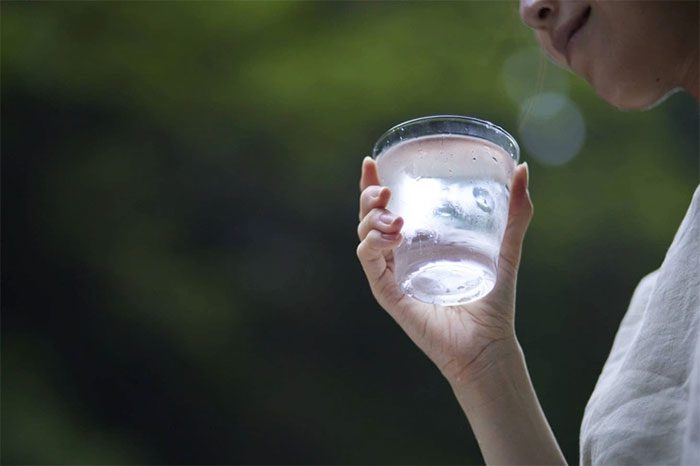Humans are exposed to PFAS when they accidentally inhale dust, consume food, or come into contact with items packaged in materials containing PFAS.
The Japanese Food Safety Commission has recently announced a draft regulation specifying the amount of PFAS chemicals that an individual can safely absorb daily, following a series of findings regarding their dangerous impacts on human health.
What are PFAS?

PFAS accumulates in the human body and causes many dangerous diseases – (Image: GETTY IMAGES).
PFAS stands for per- and polyfluoroalkyl substances. They are a group of synthetic chemicals commonly used to create products that are resistant to heat, oil, and water.
PFAS can be found in almost everything: cosmetics, food, cooking utensils, toilet paper, clothing, phone screens, plastic cups, cotton swabs, and more.
PFAS are extremely difficult to break down. They persist in the human body as well as the environment for many years, which is why they are referred to as “forever chemicals.”
According to a study by the Agency for Toxic Substances and Disease Registry (ATSDR), several PFAS chemicals have the potential to cause kidney and testicular cancer, increase blood cholesterol levels, reduce birth weight, and weaken vaccines.
They also cause various complications during pregnancy and alter liver enzymes.
Humans are exposed to PFAS when they accidentally inhale dust, consume food produced near PFAS usage sites, or come into contact with items packaged in PFAS-containing materials.
How does Japan regulate PFAS?
According to the draft, the “acceptable daily intake” (TDI) for the two most commonly used PFAS compounds in food, PFOA and PFOS, is 20 nanograms (ng) per kilogram of body weight.
Experts estimate that Japanese citizens consume approximately 0.6 – 1.1 ng/kg of body weight per day of PFOA and 0.066 – 0.75 ng/kg of body weight of PFOS.
Although these figures are significantly lower than the established TDI, data on PFAS in food remains incomplete, so it is likely that these numbers may change in the future.
Currently, Japan regulates the limit of PFAS in drinking water to 50 ng/liter.
This temporary regulation was introduced in 2020, based on a TDI value of 20 ng/kg of body weight/day for the two chemicals PFOS and PFOA. This means that the official PFAS limit may not change significantly in the future.
How to Avoid PFAS?
We currently have no way to completely avoid or identify PFAS in our daily lives. However, we can change our habits to limit exposure to PFAS.
Start by replacing non-stick kitchenware with products made from cast iron, stainless steel, glass, or enamel.
Limit the use of plastic containers, Styrofoam, food packaging paper, and plastic wrap.
Avoid drinking untreated water. If possible, use a carbon filter to purify water.



















































